|
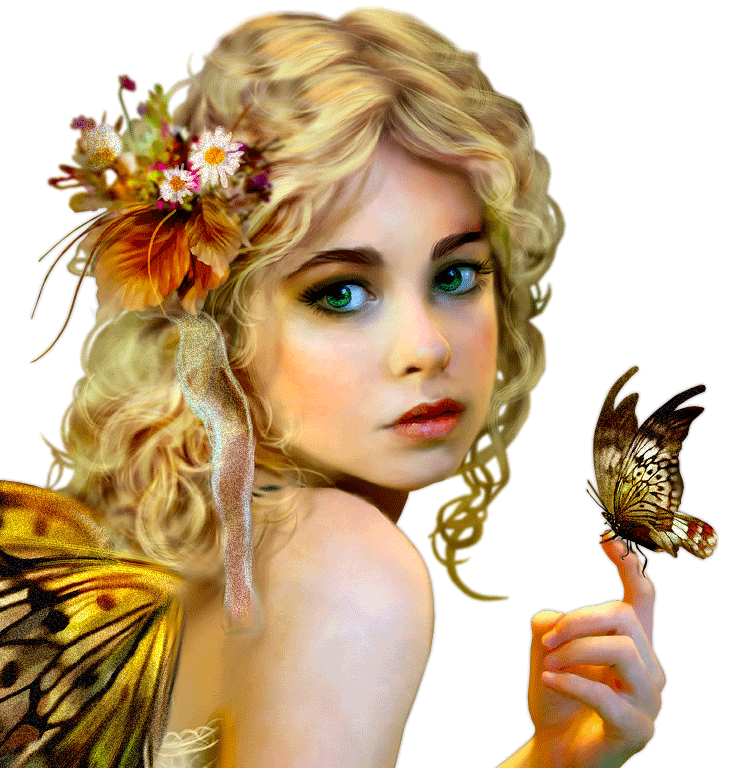
The Land of Faery,
Where nobody gets old and godly and grave,
Where nobody gets old and crafty and wise,
Where nobody gets old and bitter of tongue.
~William Butler Yeats~
The Land of Heart's Desire.

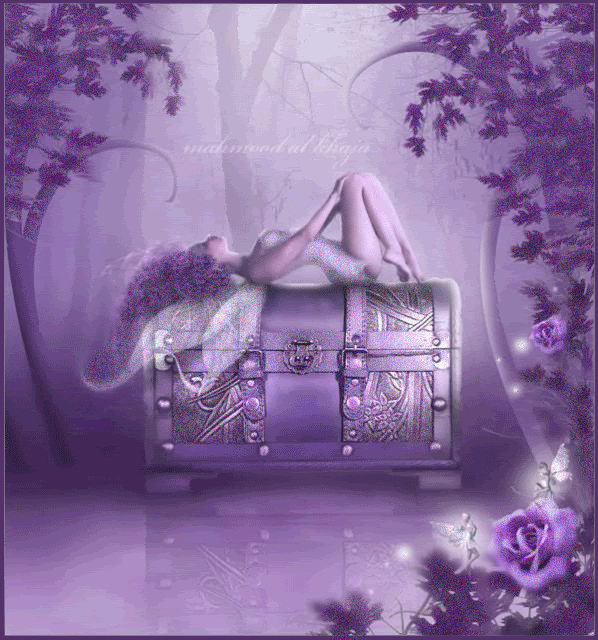
Where do fairies come from? Folklorists, philosophers, historians, mystics and others have debated this question for centuries. No one really knows how fairies originated — unless it's the fairies themselves, and they're not telling. What we do know is that tales of the fairies can be found on every continent around the globe, and that belief in the existence of the "Hidden People" is surprisingly widespread today.
Some scholars see the vestiges of pagan religions in tales about the fairies — who are, they say, the diminished remnants of once powerful gods and goddesses. Other scholars insist that fairies are really just the early, indigenous peoples of each land, who may have been viewed as magical and otherworldly by conquering tribes. Many people once thought that fairies were fallen angels who'd been ejected from Heaven but weren't quite wicked enough for Hell, or else that they were the wandering souls of children who'd died unbaptized. Some read the following words from the Bible as proof that God had created the fairy race in addition to mankind: "And other sheep have I that are not of this fold." (John 10:16). The most widespread belief, still prevalent today, is that fairies are simply nature spirits and thus as ancient as wind and rain. In this view, they're the manifestations of the living spirit in all organic matter
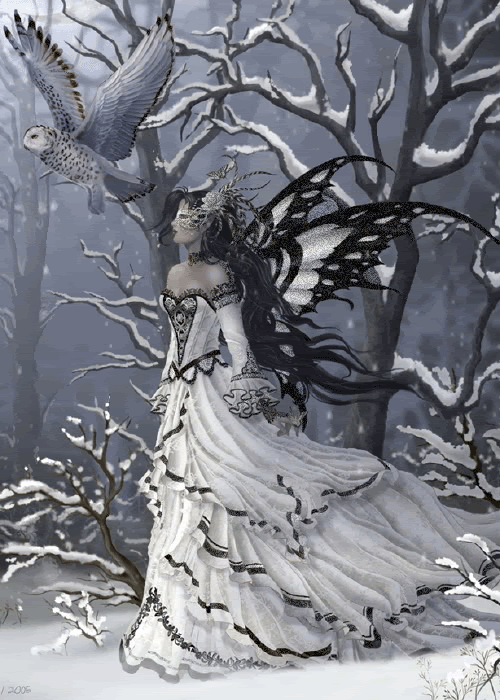
In the 15th century, an alchemist named Paracelus divided fairies into four elemental groups: sylphs (air), gnomes (earth), undines (water), and salamanders (fire). They are made of flesh and blood, he said, and procreate like human beings but are longer lived than man and do not possess immortal souls. In the 17th century, a Scottish minister named Robert Kirk wrote that fairies "are of a middle nature betwixt man and angel," with "light changeable bodies, like those called astral, somewhat of the nature of a condensed cloud, and best seen at twilight."
In the 19th century, the physiology of fairies was of great interest to the Spiritualists, who divided them into two basic types: nature spirits tied to features of the landscape (a river, a pool, a copse of trees), and higher spirits who lived on an astral plane between flesh and thought. In the early 20th century, a Theosophist named Charles W. Leadbeater developed an elaborate system of fairy classification inspired by Darwin's theory of evolution. Leadbeater maintained that fairies live on an astral plane divided into seven levels.
He believed the fairy race to be the original inhabitants of England, driven to its margins by the invasion of mankind; and he drew elaborate diagrams showing how the fairies had evolved. His chart began with mineral life and then rose upward through water and earth, and through seaweed, fungi, and bacteria. Further up the evolutionary ladder he showed how fairies developed through grasses and cereals, reptiles and birds, sea flora and fauna, until they matured into nature spirits linked to each of the four elements. But evolution didn't stop there; these nature spirits would in turn evolve into sylphs, then devas, and then into angels. On the top rung of the ladder the fairies would become what he called "solar spirits," where they'd join with evolved humans in a more enlightened age.
Another Theosophist, Edward Garner, argued that fairies are allied to the butterfly genus, and are made of a substance lighter than gas which renders them invisible to human beings (except clairvoyants). The function of fairies in nature, he said, is to provide a link between plants and the energy of the sun. He wrote that the "growth of a plant which we regard as the customary and inevitable result of associating the three factors of sun, seed, and soil would never take place if the fairy builders were absent." Franz Hartmann, a medical doctor, believed that fairies have a role in human psychology, explaining that "the spirits of nature have their dwellings within us as well as outside of us, and no man is perfectly master of himself unless he thoroughly knows his own nature and its inhabitants."
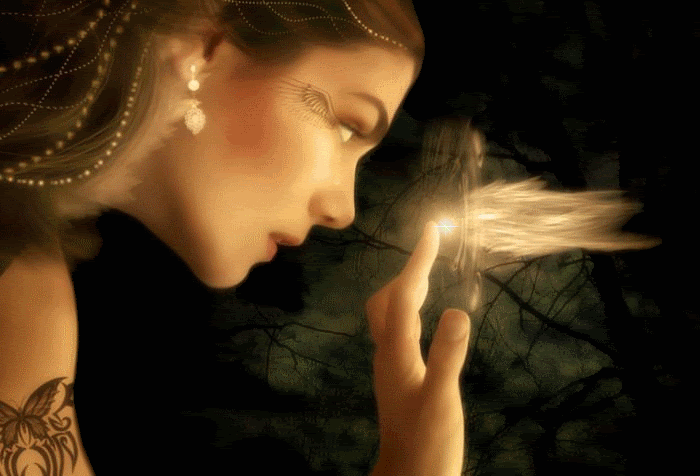
"Old Woman in the Wood" by Arthur Rackham
While the Spiritualists, in their journals and lectures, argued how many fairies could fit on the head of a pin or swim through the higher astral plane, unlettered country people were taking great pains to avoid the fairies' notice. Charms, talismans, and spells were used to keep troublesome fairies at bay — to chase them away from the house, the livestock, newborn children, and unmarried girls. Although fairies had been known to give aid to mortals, more often they were seen as irksome creatures, quick to take offense and dangerous when riled.
Fairy bargains were notoriously tricky things and fairy treasure was often cursed. Mortals who stumbled into Fairyland could end up trapped in that realm forever, or emerge from it aged and withered, even though it had seemed like little time had passed. Fairies were blamed for soured milk, blighted crops, and barren cows; for illness, madness, birth defects and other mysterious ills. Even good fairies followed rules and taboos that could be unfathomable to humans — thus it was wise to be scrupulously polite and to treat all fairies with great caution. Folklore is filled with cautionary tales outlining the perils of fairy encounters. Do not eat fairy food, they say, for it will trap you in Fairyland. Avoid using a fairy's name, and don't ever tell them your own. Don't bargain with the fairies, or join their dances, or spy on their courtly revels. Wear your shirt inside out and carry iron to avoid abduction.
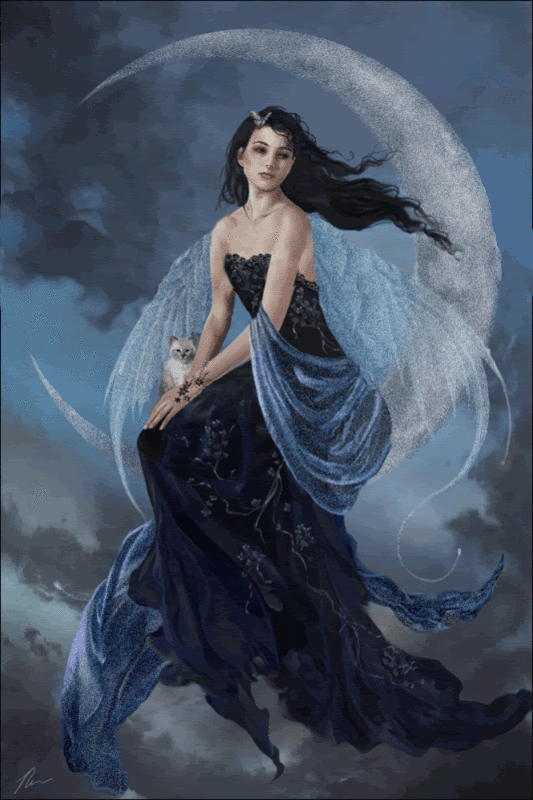
Famous Fairies
Tinkerbell
Tinkerbell was the jealous pixie/fairy who glowed brightest for Peter Pan. Her voice sang like a tinkling bell and a sprinkle of her pixie dust could make you fly. Tinkerbell is traditionally staged as a flying point of light beamed from offstage. She was called Tinker Bell because she mended the pots and kettles, a tinker is a tin worker, and with her magic wand led Peter Pan through the ins and outs of Never Never Land reminding us of a time in everyone's childhood when danger and adventure lured us into the possibilities of the imagination to believe in Fairies, to this day she is one of our greatest influences to search out and find.
Sugar Plum Fairies
Very rarely seen and then only at dawn particularly favoring the birdsong dawn chorus when they have been seen resting singly or as dancing pairs working as a team. These fairies were the inspiration for Peter Tchaikovsky and his Nutcracker Suite when the famous Sugar Plum Fairy and her attendants welcomed Clara at her court in the Kingdom of Sweets. Beautiful costumes from Spain, Arabia and China worn by delicate dancers representing coffee, tea, chocolate and sugar candy with clowns and toy flutes dance delightfully as The Sugar Plum fairy and her Beau, dance a Pas de Deux to music now famed throughout the world. At the end of the party The Sugar Plum Fairy and toy maker Drosselmeyer grant Clara a Christmas wish to dance with the Prince.
Green Fairy
Clouded in mystery the Absinthe Green Fairy or La Fée Verté was certainly the friend of artists and authors. She exposed herself in Paris in the heady days of the impressionists who fell under her spell casting her image and fairy magic in the drink Absinthe building their reputations and fame worldwide as she wormed her way into their psyche.
Tooth Fairy
Tooth traditions are different in several European countries under different names. In Spain there is a character called Ratoncito Pérez, it is a little mouse sometimes referred to as just Ratón or tooth mouse "ratón de los dientes". The character was created in 1894 by a priest Luis Coloma who died in 1915 he was a member of the Spanish Royal Academy and the Royal family asked him to write a tale for Alfonso XIII one of the royal princes as he had lost one of his teeth. The mouse subsequently appeared in the story of the 'Vain Little Mouse.' The Raton was adopted in many Spanish speaking countries as well as countries like South Africa. In Italy Fatina the tooth fairy is often substituted by Topino the little mouse, and meaning the same in France La Petite Souris. Scotland with its white Fairy Rat actually purchases coins and in Ireland with all their Celtic traditions they have a more modern Annabogle.
Further a field in Asia the oriental custom is to the throw the tooth onto the roof if it came from the bottom jaw, or into the space under the floor if it came from the top. At the same time the child shouts his wish for the tooth to be replaced with the tooth of a mouse. Traditionally this is based on the fact that the teeth of rodents go on growing for their whole life. In parts of India, young children are encouraged to offer their discarded milk tooth wrapped in cotton to the sun.
source:
http://www.fairiesworld.com/
http://www.endicott-studio.com/




|